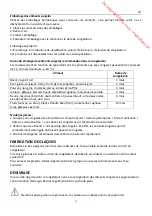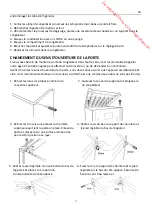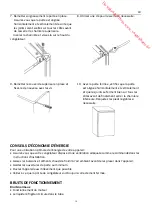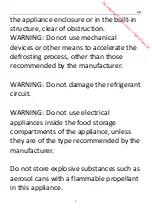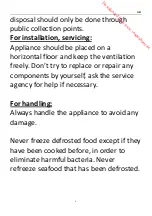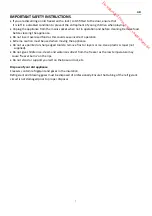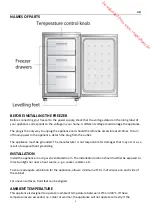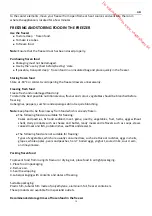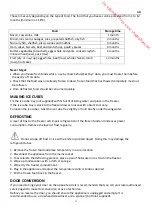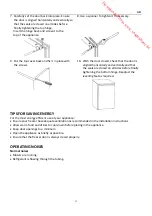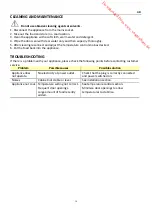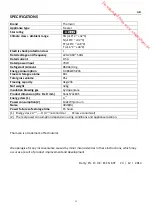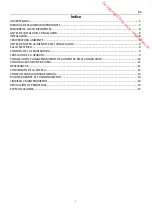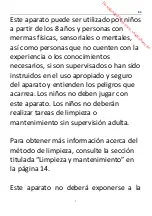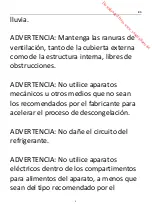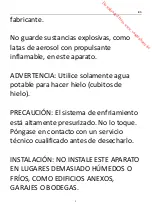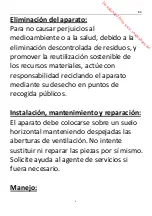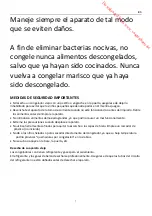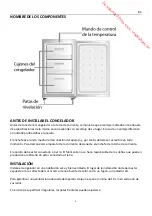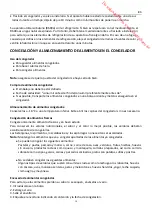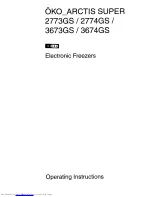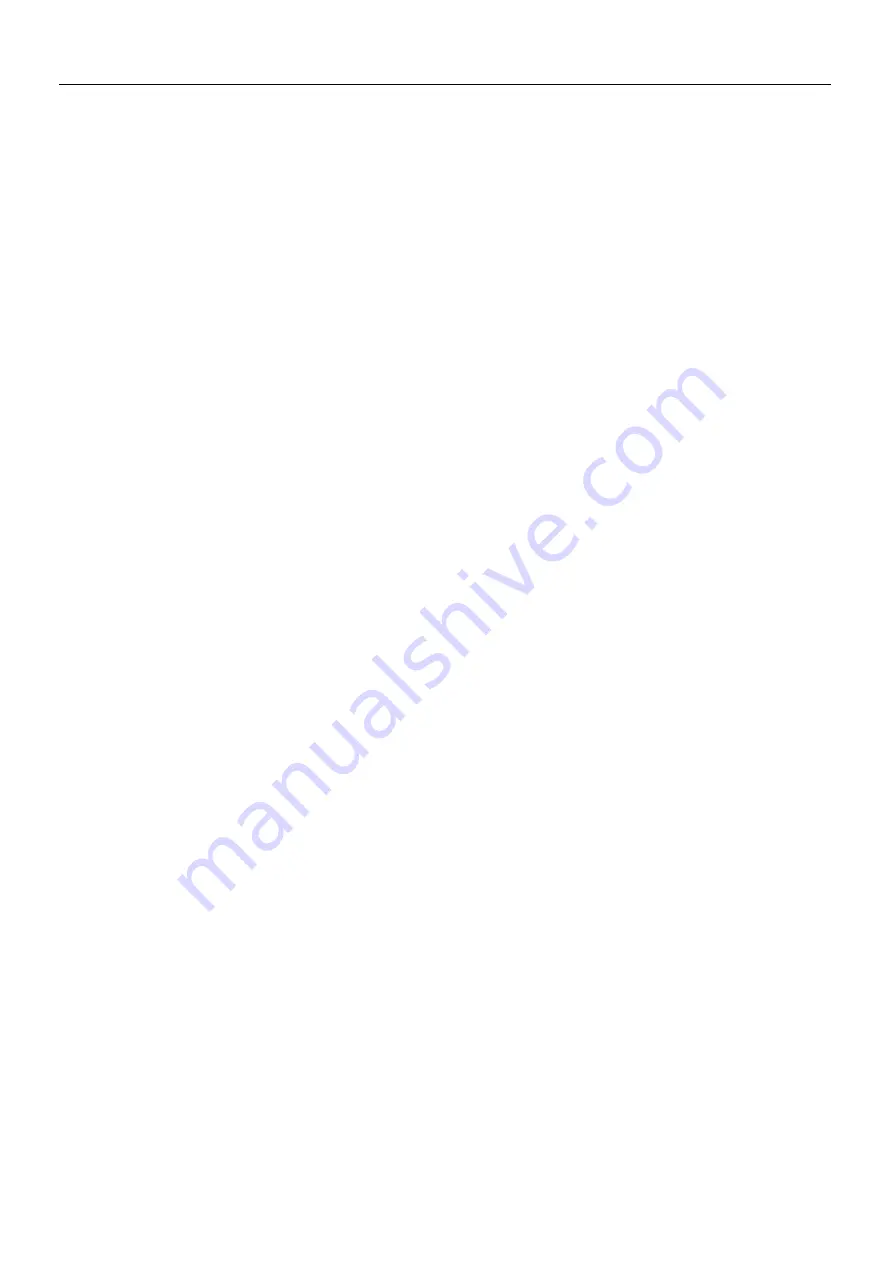
GB
10
to
the
cooler
elements,
move
your
freezer
from
open
flame
or
heat
sources
and
ventilate
the
room
where
the
appliance
is
located
for
a
few
minutes.
FREEZING
AND
STORING
FOOD
IN
THE
FREEZER
Use
the
freezer
To
store
deep
‐
frozen
food.
To
make
ice
cubes.
To
freeze
food.
Note:
Ensure
that
the
freezer
door
has
been
closed
properly.
Purchasing
frozen
food
Packaging
must
not
be
damaged.
Use
by
the
‘use
by
/best
before/best
by/’
date.
If
possible,
transport
deep
‐
frozen
food
in
an
insulated
bag
and
place
quickly
in
the
freezer.
Storing
frozen
food
Store
at
‐
18°C
or
colder.
Avoid
opening
the
freezer
drawers
unnecessarily.
Freezing
fresh
food
Freeze
fresh
and
undamaged
food
only.
To
retain
the
best
possible
nutritional
value,
flavour
and
colour,
vegetables
should
be
blanched
before
freezing.
Aubergines,
peppers,
zucchini
and
asparagus
do
not
require
blanching.
Note:
Keep
food
to
be
frozen
away
from
food
which
is
already
frozen.
The
following
foods
are
suitable
for
freezing:
Cakes
and
pastries,
fish
and
seafood,
meat,
game,
poultry,
vegetables,
fruit,
herbs,
eggs
without
shells,
dairy
products
such
as
cheese
and
butter,
ready
meals
and
leftovers
such
as
soups,
stews,
cooked
meat
and
fish,
potato
dishes,
soufflés
and
desserts.
The
following
foods
are
not
suitable
for
freezing:
Types
of
vegetables,
which
are
usually
consumed
raw,
such
as
lettuce
or
radishes,
eggs
in
shells,
grapes,
whole
apples,
pears
and
peaches,
hard
‐
boiled
eggs,
yoghurt,
soured
milk,
sour
cream,
and
mayonnaise.
Packing
frozen
food
To
prevent
food
from
losing
its
flavour
or
drying
out,
place
food
in
airtight
packaging.
1.
Place
food
in
packaging.
2.
Remove
air.
3.
Seal
the
wrapping.
4.
Label
packaging
with
contents
and
dates
of
freezing.
Suitable
packaging:
Plastic
film,
tubular
film
made
of
polyethylene,
aluminium
foil,
freezer
containers.
These
products
are
available
from
specialist
outlets.
Recommended
storage
times
of
frozen
food
in
the
freezer
Downloaded from www.vandenborre.be

